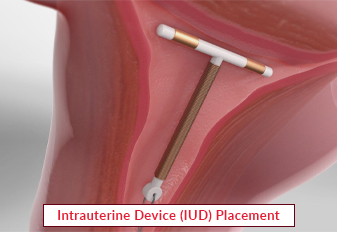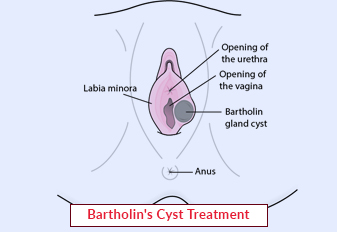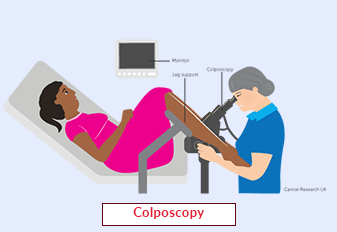Intrauterine Device (IUD) Placement

When it comes to birth control methods, one popular option for women is the Intrauterine Device (IUD). This small, T-shaped device is inserted into the uterus to provide long-term contraception. In this article, we will explore the details of IUD placement, including the procedure, types of IUDs, benefits, and more.
Book an AppointmentAbout Intrauterine Device (IUD) Placement
IUD placement refers to the process of inserting an intrauterine device into the uterus to prevent pregnancy. The IUD is a highly effective form of birth control that offers long-term contraception without requiring daily attention like other methods.
Types of Intrauterine Devices (IUDs)
There are two main types of IUDs: hormonal and non-hormonal. Hormonal IUDs release a small amount of progestin hormone, which thickens the cervical mucus and inhibits sperm movement. Non-hormonal IUDs, on the other hand, are made of copper, which creates an environment toxic to sperm.
Benefits of IUD Placement
IUD placement offers several benefits that make it a popular choice among women. Firstly, IUDs are highly effective, with a failure rate of less than 1%. They provide long-term contraception, with some devices lasting up to 10 years. Additionally, IUDs do not interfere with sexual spontaneity, are reversible, and do not affect breastfeeding.
Who can benefit from IUD Placement?
IUD placement is suitable for a wide range of women. It is a viable option for those who want long-term birth control, women who have had children, and even teenagers. Women who cannot or prefer not to use hormonal methods may opt for non-hormonal IUDs.
Procedure of Intrauterine Device (IUD) Placement
Before the procedure, a healthcare professional will assess the patient's eligibility for IUD placement. This involves discussing medical history and conducting a physical examination. The actual placement procedure typically involves the following steps:
-
The woman lies on an examination table, similar to a pelvic exam.
-
The healthcare provider cleans the cervix and may administer a local anesthetic to minimize discomfort.
-
The IUD, in a sterilized package, is inserted through the vagina and cervix into the uterus.
-
The provider trims the IUD strings to the appropriate length, ensuring they are accessible for future removal.
-
The woman may experience cramping or discomfort during the procedure, which usually lasts only a few minutes.
Preparing for IUD Placement
Before the IUD placement, it is essential to communicate with the healthcare provider and follow any specific instructions they provide. Generally, these preparations may include:
-
Scheduling the procedure during a menstrual period or immediately after to ensure the woman is not pregnant.
-
Taking over-the-counter pain medication, if recommended by the provider, to alleviate potential discomfort.
-
Discussing any concerns or questions about the procedure with the healthcare provider.
Insertion of the IUD
During the placement procedure, the IUD is carefully inserted into the uterus through the cervix. The provider may use a specialized insertion device to ensure proper placement. Once the IUD is in position, the strings are trimmed to an appropriate length, allowing the woman to check for the IUD's presence and facilitate future removal.
Aftercare and Recovery
After IUD placement, it is common to experience mild cramping and spotting. These symptoms typically subside within a few days. It is advisable to avoid sexual intercourse for a specified period recommended by the healthcare provider. Regular check-ups with the provider are essential to ensure the IUD remains in place and to address any concerns.
Common Side Effects and Risks
While IUD placement is generally safe, there are some potential side effects and risks to be aware of. These can include cramping, irregular bleeding, and changes in menstrual patterns, especially during the first few months. In rare cases, IUDs may perforate the uterus or increase the risk of infection.
IUD Placement vs. Other Birth Control Methods
Compared to other birth control methods, IUD placement offers unique advantages. Unlike daily contraceptive pills or injections, IUDs require little to no maintenance once inserted. They provide long-term contraception without the need for constant attention. Additionally, IUDs are reversible, and fertility usually returns quickly after removal.
Require Assistance?
Get A Quick Callback From Our Healthcare Experts






